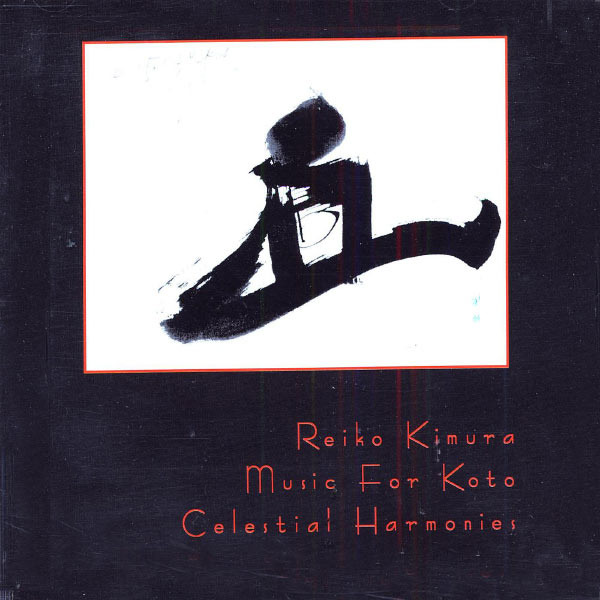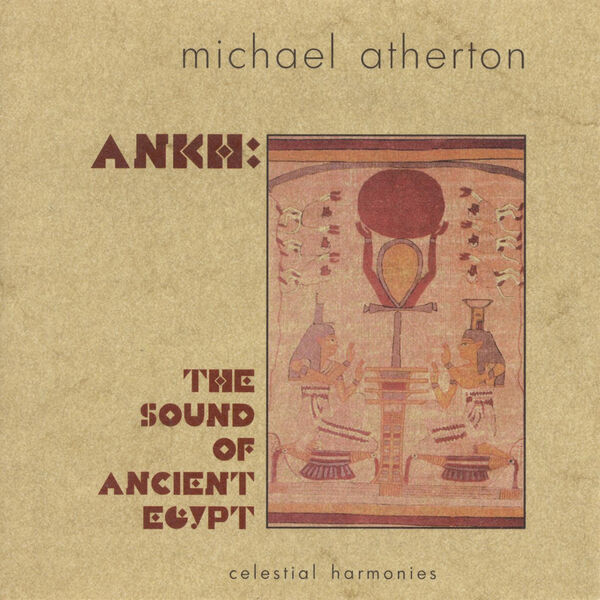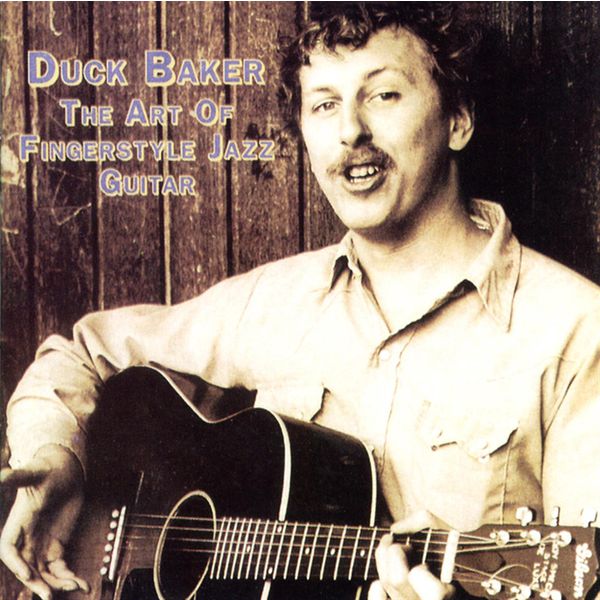Recently my attention is being focused more on the artistic interpretation than on the reproduction quality. I think this is a good sign. The decisions when to hit the string and how long to let the tone ring, as well as how intense each stroke should be are aural expression of the artist’s interpretation of the music at the moment of transferring an idea into a sound. As an amateur guitarist I’ve been confronted with that matter throughout my own experience and I realize that even a simple three-chord progression might be performed in many different ways by slightly varying the timing and the intensity of the strokes.
It is by means of such fine matter that the performer succeeds or not in involving us emotionally with the performed music. It is that part of the performance that transforms an intellectual idea, weaved inside the melodic and harmonic continuity of the music, to experience of something corporeal – pulsating, breathing succession of tones produced by plucking, hitting, bowing, blowing, voicing and whatever sound extracting technique is being used – that oscillates with our internal instance of the music. Such periods, when I can concentrate fully on the music rather than on the reproduction, are like blessing – the system disappears and what has left is the performance and its sheer musicality. Sort of a prize for spending considerable amount of time in the beginning of the year on listening for certain acoustical traits of different NOS tubes in OTO’s preamplifier stage.
But don’t get me wrong, I enjoy these periods of extensive critical listening as well, for they allow me to concentrate fully on the timbral richness and the sense of presence of the reproduced instruments and voices. Especially with certain type of acoustic music that is timbrelly rich but not too complex – like some traditional eastern music or finger-style played western guitar – the sheer joy of letting the acoustic vibrations to modulate my emotions without being intellectually active and attentively drawn, I can easily reach a bliss. I can simply listen to exotic five-tone based music for koto and forget myself in its rich and colorful sound and, as it most often happens, feel refreshed afterwards. We live in stressful conditions and simple, not demanding music performed on simple instruments seems to bring greater relaxation after a day of hard work than let say intellectually demanding western music performed by an orchestra.
These are sort of observations I made recently, and these are few suggestions for relaxed, simple and beautifully performed music:



In the meantime I am trying to organize loaning of a decent turntable in order to check OTO’s phono stage and hopefully give you an account on how vinyl analog compares to CD-quality digital playback. I don’t expect anything but I am simply curious. I am particularly keen to hear some recordings of great conductors like Leopold Stokowski or Fritz Reiner produced by RCA in the fifties. Even in their digital versions these recordings are glorious and some of my favorite ones. Let see how it will turn out at the end.
Thank you for stopping by and always happy listening!
